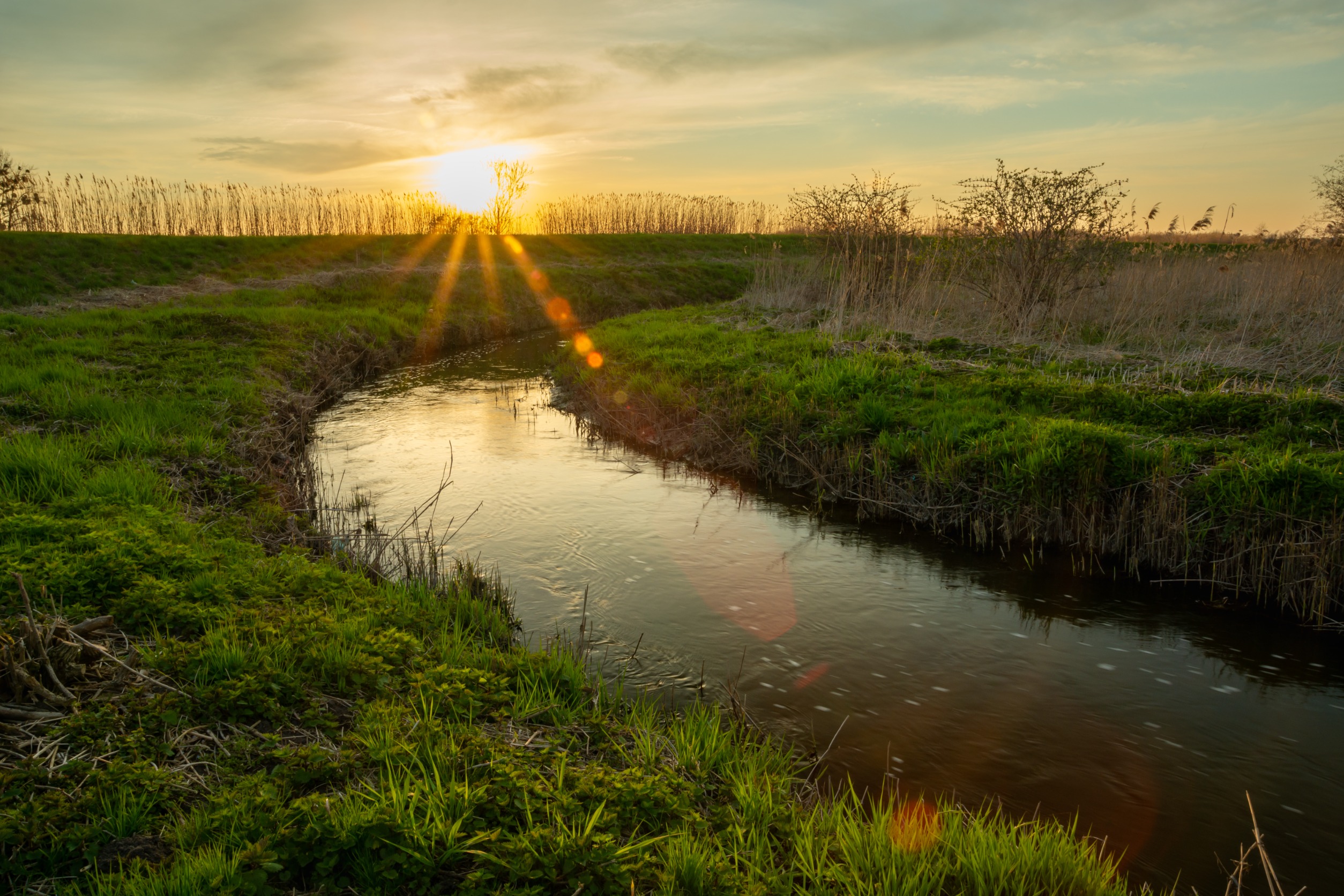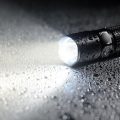Catfish are a widespread species of freshwater fish found in rivers, lakes, and ponds worldwide. They are known for their unique appearance and ability to adapt to a wide range of environmental conditions. One of the factors that can have a significant impact on catfish behavior and growth is light availability.
Light Availability and Catfish Behavior
Catfish are primarily nocturnal animals, meaning they are most active at night. During the day, they hide in dark places such as under rocks or crevices. However, the availability of light can influence their behavior. For example, if there is too much light, they may become stressed and hide for extended periods. On the other hand, if there is not enough light, they may become more active during the day.
Light Intensity and Catfish Growth
In addition to affecting behavior, light availability can also impact catfish growth. Studies have shown that catfish raised in low light conditions tend to grow more slowly than those raised in bright light. Light plays a crucial role in regulating their metabolism and growth hormones. As a result, catfish farmers often use artificial lighting to optimize growth rates and improve the quality of their fish.

Key Takeaways
-
- Light availability can have a significant impact on catfish behavior and growth.
-
- Catfish are primarily nocturnal animals, but light availability can influence their daily activity levels.
-
- Low light conditions can lead to slower growth rates in catfish, while bright light can help to optimize growth and improve fish quality.
Light Availability and Catfish Behavior
Light availability plays a crucial role in the behavior of catfish. The amount of light in their environment affects their feeding patterns, movement, and migration.
Impact on Feeding Patterns
Catfish are known to be opportunistic feeders, and their feeding patterns are influenced by light availability. They tend to feed less frequently and are less active in low light conditions. This is because they rely heavily on their sense of smell to locate food, and low light conditions can make detecting prey difficult.
In contrast, in high light conditions, catfish tend to be more active and feed more frequently. This is because they can use their vision to locate prey more easily. However, too much light can also harm their feeding patterns, as it can cause them to become stressed and reduce their appetite.
Influence on Movement and Migration
Light availability also plays a role in the movement and migration of catfish. Catfish are generally more active during low light conditions, such as at night or in cloudy weather. This is because they are less visible to predators and can move more freely without being detected.
During the day or in bright light conditions, catfish tend to be less active and may seek out areas of shade or cover to avoid detection. This can also influence their migration patterns, as they may move to deeper waters during the day and shallower waters at night to take advantage of low-light conditions.
In summary, light availability is an essential factor in catfish behavior. It affects their feeding patterns, movement, and migration and can positively and negatively impact their behavior depending on the amount of light in their environment.
Light Intensity and Catfish Growth
Light intensity is a crucial factor that affects the growth of catfish. The amount of light catfish receives can impact their metabolism, behavior, and reproduction. In this section, we will explore the effects of light intensity on catfish growth.
Effect on Metabolism
Light intensity has a significant effect on the metabolism of catfish. The metabolism of catfish is influenced by the amount of light they receive, which affects their feeding behavior. Studies have shown that catfish exposed to high light intensity have a higher metabolic rate than those exposed to low light intensity. This increased metabolic rate can lead to increased growth rates in catfish.
Influence on Reproduction
Light intensity also plays a role in the reproduction of catfish. The reproductive behavior of catfish is influenced by the amount of light they receive. Studies have shown that catfish exposed to high light intensity have a higher reproduction rate than those exposed to low light intensity. This increased rate of reproduction can lead to increased growth rates in catfish.
In conclusion, light intensity is an essential factor affecting catfish growth. The effects of light intensity on catfish growth can be seen in their metabolism and reproductive behavior. It is important to consider how much light catfish receive when designing aquaculture systems to ensure optimal development.
Adaptations of Catfish to Light Availability
Physiological Adaptations
Catfish have developed various physiological adaptations to adjust to changes in light availability. One of the most notable adaptations is their ability to adjust their pupil size. In low light conditions, their pupils dilate to allow more light to enter the eye, while in bright light conditions, their pupils constrict to reduce the amount of light entering the eye. This helps them to maintain optimal vision in different light conditions.
Another adaptation is the presence of a specialized layer of cells in their eyes called the tapetum lucidum. This layer reflects light back through the retina, allowing the catfish to see better in low light conditions. Additionally, catfish have a high density of rod cells in their retina, which are more sensitive to light than cone cells and are better suited for vision in low light conditions.
Behavioral Adaptations
In addition to physiological adaptations, catfish have also developed various behavioral adaptations to cope with changes in light availability. For example, in low light conditions, catfish tend to be more active and move around more to find food. They also tend to be more aggressive towards potential predators, using their barbels to sense the environment and avoid danger.
In bright light conditions, catfish tend to be more inactive and seek shelter in dark areas to avoid predators. They also tend to be less aggressive towards potential prey and may rely more on their sense of smell to locate food.
Overall, catfish have developed a range of adaptations to cope with changes in light availability, allowing them to survive in various environments.
Impact of Light Pollution on Catfish
Light pollution has been shown to impact aquatic ecosystems, including catfish populations, significantly. The effects of light pollution on catfish can be both direct and indirect and can ultimately lead to changes in their behavior, physiology, and ecology.
One of the most significant direct impacts of light pollution on catfish is the disruption of their natural feeding and breeding behaviors. Catfish are nocturnal feeders and breeders and rely on the natural cycles of light and dark to regulate their behavior. However, exposure to artificial light sources can disrupt these natural cycles, leading to changes in feeding and breeding patterns.
In addition to direct impacts, light pollution can indirectly affect catfish populations.
For example, increased light levels can lead to an increase in the growth of algae and other aquatic plants, which can reduce the amount of oxygen available in the water. This can ultimately lead to a decline in catfish populations, as they require high oxygen levels to survive.
Overall, the impact of light pollution on catfish populations is complex and multifaceted. While it is clear that light pollution can have significant effects on catfish behavior, physiology, and ecology, more research is needed to fully understand the long-term impacts of this phenomenon on aquatic ecosystems.

Conclusion
In conclusion, the availability of light significantly impacts catfish behavior and physiology. The research indicates that light availability affects various aspects of catfish life, including growth, reproduction, and feeding behavior.
Studies show that catfish exposed to light for extended periods tend to grow faster and have a higher survival rate than those kept in the dark. This finding suggests that light is essential for the growth and development of catfish.
Furthermore, light availability affects the reproductive behavior of catfish. Research shows that catfish exposed to light for extended periods tend to have higher reproductive success rates than those kept in the dark. This finding indicates that light is essential for the reproductive behavior of catfish.
Finally, light availability affects the feeding behavior of catfish. Studies show that catfish exposed to light for extended periods tend to be more active and feed more frequently than those kept in the dark. This finding suggests that light is essential for the feeding behavior of catfish.
Overall, the research indicates that light availability plays a critical role in the behavior and physiology of catfish. Further research is needed to understand how light affects catfish behavior and physiology and determine the optimal light conditions for catfish growth and development.











